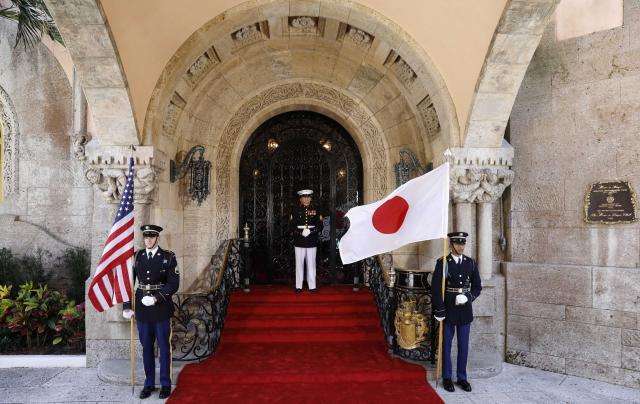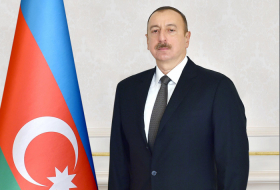In a summit last week, Japanese Prime Minister Shinzo Abe and U.S. President Donald Trump agreed to set up a new framework focusing on bilateral trade led by Motegi and Lighthizer.
The move could put Japan under direct U.S. pressure to enter talks for a bilateral free trade agreement (FTA). Japan is wary of entering such talks and wants to convince Washington to rejoin the multilateral Trans-Pacific Partnership (TPP) pact.
“We’ve told the U.S. side that the start of discussions (under the new framework) will be around mid-June or later,” Motegi told a news conference.
“We’re not thinking of signing a bilateral FTA,” he added.
Trump pulled the United States out of TPP in early 2017 and has said he won’t consider rejoining unless conditions provided under the pact were far better than before.
Since the United States withdrew from TPP, the other 11 nations have forged ahead with their own agreement. Japan, which signed up for the pact, wants to pass relevant legislation through parliament in the current session running until June 20.
Japan hopes to put off full-fledged trade negotiations with the United States until TPP-related bills clear parliament, given the priority it puts on having TPP enter into force, government officials say.
Japan and the United States remain at loggerheads on how to frame trade talks. Japan is opposed to a two-way trade deal for fear of coming under pressure to open up politically sensitive markets like agriculture.
But U.S. Treasury Secretary Steven Mnuchin kept up heat on Japan, saying last week Washington wants a bilateral FTA.
Although Japan still hopes Trump will change his mind on TPP, it is hedging its bets by being more open to other forms of trade deals with Washington, say government officials with knowledge of the negotiations.
















































